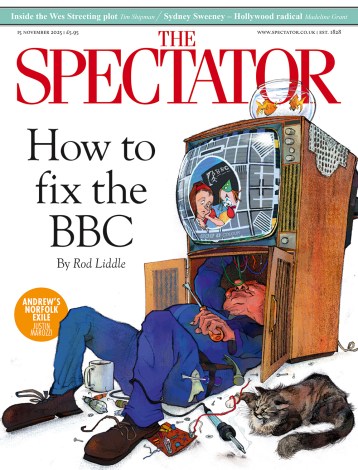
The Museum of Innocence is the sixth novel by Turkey’s most garlanded novelist and his first since he became a Nobel laureate in 2006.
The Museum of Innocence is the sixth novel by Turkey’s most garlanded novelist and his first since he became a Nobel laureate in 2006. Pamuk’s unflinching eye on his country’s history has brought him well-documented trouble, but it is in the subtle exploration of how west and east collude and collide there that he excels, notably in the novel My Name Is Red, a bravura extemporisation on art and representation at the Ottoman court of the 16th century, and in the more modern setting of his political thriller, Snow.
With this new novel, an elegiac wallow in the Istanbul of the 1970s, he further cements his claim on the city that furnishes his imagination. Our narrator is Kemal, son of one of the city’s wealthiest families. When the novel opens in 1975 he is to marry a suitable girl called Sibel, who like him enjoys a position in the most westernised, elevated part of society.
But however cosmopolitan its aspirations, this is a world whose sexual protocol is mired in a censorious age: virginity is a treasured component of the bride’s dowry, and if not intact when she marries, should only be compromised by the groom having taken an advance. This understanding allows Kemal and Sibel to meet for rendezvous in his office prior to their formal engagement, and worsens his predicament when he coincidentally begins an affair with Füsun, a distant and much younger relation.
Their encounters take place in a little-used apartment of his mother’s, which also becomes a repository for all the objects he accrues as his obsession with Füsun becomes increasingly fetishistic. Kemal’s expanding collection is the museum of the title (which Pamuk is apparently also constructing in real life):
We can bear the pain only by possessing something that belongs to that instant. These mementos preserve the colours, textures, images and delights as they were more faithfully, in fact, than can those who accompanied us through those moments.
Denied the happiness of being with Füsun, Kemal spends his evenings over the next nine years with her and her family, becoming an increasingly pathetic, booze-addled figure, who steals stuff from their house at every opportunity and leaves money lying around to make up for it.
His urge to objectify reflects society: at one point he stands back from the narrative and submits his 1975 attitude towards women and their virginity for consideration by visitors to his ‘museum’ in the year 2010, conscious of how old-fashioned it will seem. Over time we witness uneasy change in other areas too, as the Turkish republic seeks to define the terms of its relationship with Western Europe, and marry secularism with inherited religious traditions.
But it’s all about the things: from an episode when Kemal lies in bed sucking a ruler lately used by his beloved, to a scene when he’s interrogated for curfew violation and cares only about retrieving a quince grater he has just swiped from her home, his obsession always outranks other emotion, and drama is always boiled down to its essence in a physical object — tagged and harmless. By the time he tells us how he collected 4,213 of Füsun’s cigarette butts, Kemal is even pre-empting the reader’s (or the ‘museum visitor’s’) detail exhaustion: ‘I hope they will not grow impatient, thinking I am crowding out the display cases with distracting trivia’.
Füsun effectively becomes an exhibit too, whom Kemal would rather curate than nurture, and by the end this is a broken, peculiar man, who makes objects his refuge to the extent that anything can evoke some point in his past, and whose urge to catalogue and preserve like a Nabokovian lepidopterist has scotched the prospect of change or evolution wherever it can.
The Museum of Innocence demands patience. Its subject is the weight of a man’s entire experience, and with it comes a Bosphorus of detail. Whether you sink or swim, be prepared to get wet.
Heliopolis by James Scudamore is published by Harvill Secker.





Comments